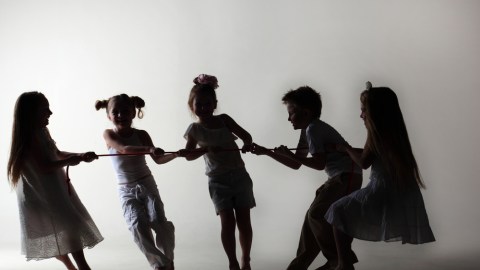The Class Problem in America Today

The problem of new classes in this country isn’t just that we’ve got a new upper class that’s isolated. We’ve also got a new kind of lower class. And let me put it in terms of whites, non-Latino whites. Just to make it clear, I am not talking about things that are ethnically grounded. Take something as basic as marriage which is historically the building block of communities in this country. And in a free society the family is bound to be a hugely important unit for organizing local activities.
In 1960 marriage was the universal social norm across classes. So you had college educated people working in the professions about 94 percent of adults between 30 and 49 were married. Eighty-four percent of people with high school diplomas working in blue collar jobs were married. Now go to 2010. Marriage is still alive and well in the upper middle class. Eighty-four percent of the people I just described are still married. In the white working class, ages 30 to 49, 48 percent were married in 2010 – less than half.
That is a divergence in a basic cultural institution that has very few precedents throughout history. I can go through changes in honesty as measured especially by people preying on their neighbors in the form of crime and the way that has skyrocketed in the working class whereas it did not in the upper middle class. Religiosity – here’s a surprise – it’s supposed to be the working class, right, who are the religious fundamentalists who are still carrying the torch. No, the white working class religiosity has plummeted like a rock. It has declined in the upper middle class as well – but hasn’t declined nearly as much. And the kicker is industriousness. White males ages 30 to 49 in 1960 were either working or they were looking for work. I mean that was close to 100 percent. If you didn’t work and you were an adult male in 1960 you were a bum and you were seen as a bum by everybody else in the neighborhood.
In 2008 before the recession, okay, this is not something that came after the financial meltdown in 2008. You had about one out of eight white males ages 30 to 49 who was not even in the labor force. And before you say, “Well, but they’ve had a bad economy for low skill jobs.” All of this went on in the years of the 1990s when jobs were so plentiful that anybody who wanted to work could work for as many hours a week as he wanted to. A major cultural change has occurred. We have, in other words, a growing population concentrated in the working class unlike previous periods in American history who have pretty much dropped out of the central institutions of American life.
In Their Own Words is recorded in Big Think’s studio.
Image courtesy of Shutterstock





